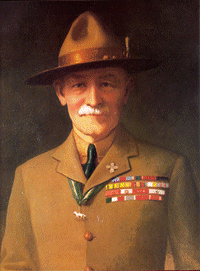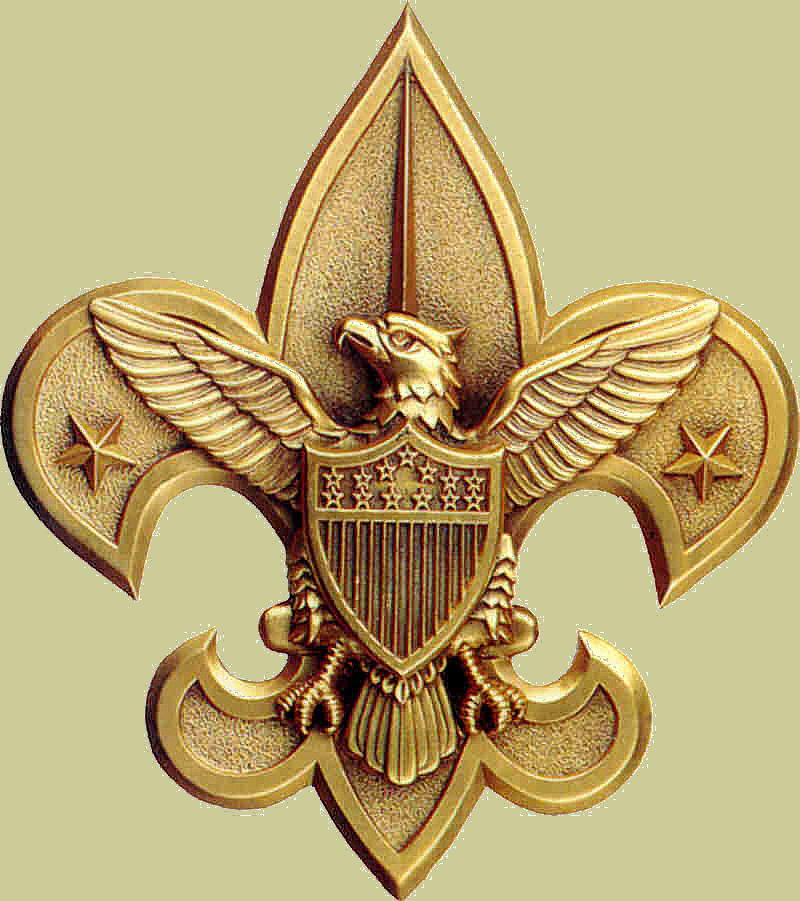Water Purification Methods, Effectiveness and Convenience
Treatment Options
- Pre-Filtration – through folded cloth into bottle
- Not effective for complete purification – BUT very necessary with dirty, contaminated or biologically active water BEFORE other treatments are used.
- Convenient with use of folded bandana or t-shirt. LIGHT.
- Boiling – Good emergency method if materials at hand. 15 minutes of boiling at sea level.
- More Effective at lower altitudes as boiling point of water drops with altitude. High temperatures needed to render water purified and take longer to reach at altitude.
- Need weighty stove or fire and pot to boil enough water for the task. Cooling takes time.
- Filtering with pump filters – TROOP 1 HAS SEVERAL FILTERS TO USE
- Effective with clean filter. Immediately potable. WEIGHTY.
- Pumps vary in convenience as time to pump necessary amounts – 2 to 5 liters a day per person plus cooked meals and clean up – varies from filter to filter. Commonly 5 to 10 of minutes of continual pumping can pass to fill one liter bottle. Silt can clog the filter which will then need periodic cleaning – often several times per liter in very silty water – adding to this time. Pre-Filtering through method one above reduces this inconvenience. Filter cartridges may be replaced; each brand purifies different quantities of water.
- Iodine Treatment – Tablet – POTABLE AQUA
- Effective for Giardia. 10 to 20 minutes chemical reaction to purify.
- Convenient as multiple bottles of clear pre-filtered water can be purified simultaneously. Good for 25 to 50 gallons of water. VERY LIGHT
- Iodine Treatment – Liquid – POLAR PURE
- Effective for Giardia. 20 to 30 minutes of reaction to purify.
- Less convenient than POTABLE AQUA as bottle of iodine crystals must be charged with water for half an hour to assure iodine solution in quantity for multiple bottles. Colder water requires more solution per liter rendering one bottle of Polar Pure useful for 2 to 4 liters of water per half hour. VERY MESSY as dry Iodine crystals emit gas which stains and liquid escapes through threads in bottle requiring storage in doubled zip-lock baggies. Good for 2000 liters of water. LIGHT.
- Chlorine Chemical Drops – AQUA MIRA 2 part process – TROOP 1 USES THIS METHOD
- Effective against Giardia, Viruses and other bacteria. 15 to 30 minutes to purify.
- Two agents are mixed to create reaction. 5 minutes must pass for reaction to complete before being added to a liter of water. Effectively ONLY one bottle of water can be completed at a time. If at a rest time, a second batch of agent can be started so another bottle may also be purified. Good for 30 gallons of water. VERY LIGHT.
- Chlorine Chemical Tablet – MIRCROPUR (Chris now uses this method alongside AQUA MIRA. Philmont began using this method this last summer.) 15 to 30 minutes to purify – up to 4 hours for complete purification of cysts in dirty and cold water. UTRALIGHT
- Effective against Giardia, Viruses, Bacteria and Cryptosporidium cysts. Most completely effective of all treatments
- Convenient as multiple bottles of clear pre-filtered water can be purified simultaneously. Good for 30 liters of water.
General Instructions
Prepare your bottle to be purified with Pre-filtered water. Introduce chemical treatment. When dissolved, invert bottle and crack the threads – open the bottle slightly – to leak purified water onto the threads. Close lid. Threads and water in bottle are now purified.
A combination of treatments can be used for various needs:
- MICROPUR overnight to completely purify all water
- Filter when stationed at camp site for a lengthy period of time
- AQUA MIRA can be used at meals to purify a bottle or two while stationary
Budget time and water consumption against planned locations water can be collected while on the trail. Have a repertoire of purification methods at your disposal to greatly enhance the quality of the trip and reduce time lost purifying water when moving from point A to B in a fast efficient manner.
This page was last modified: November, 2013






